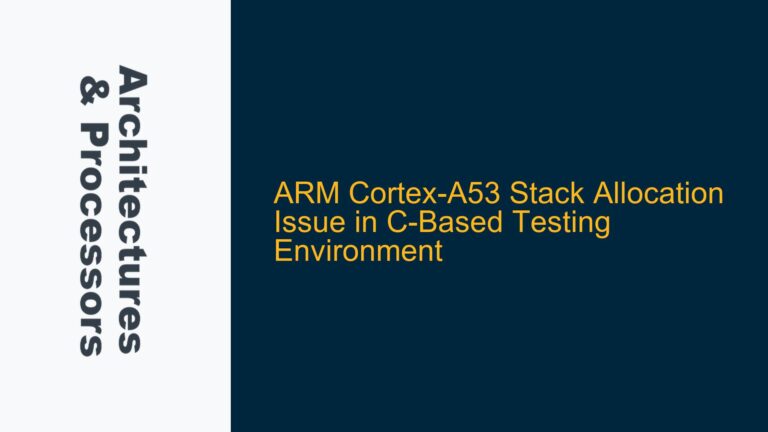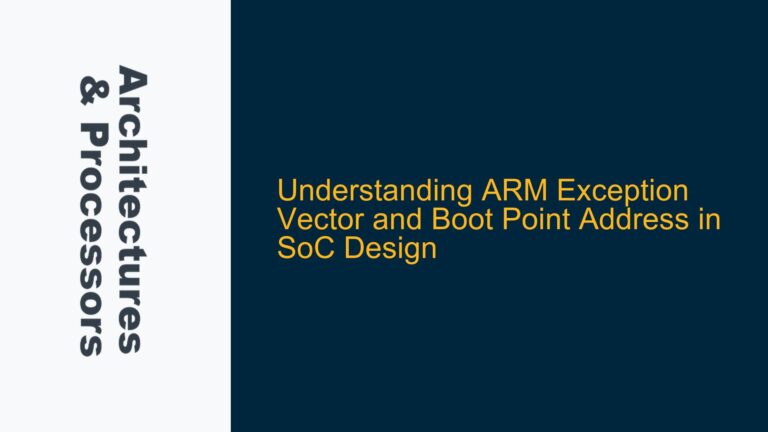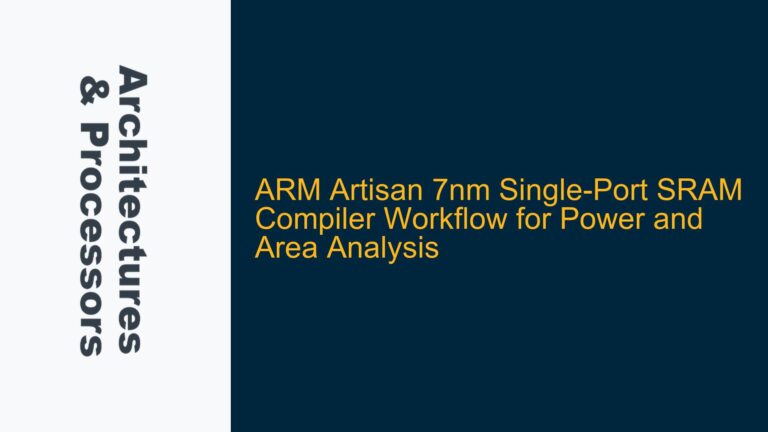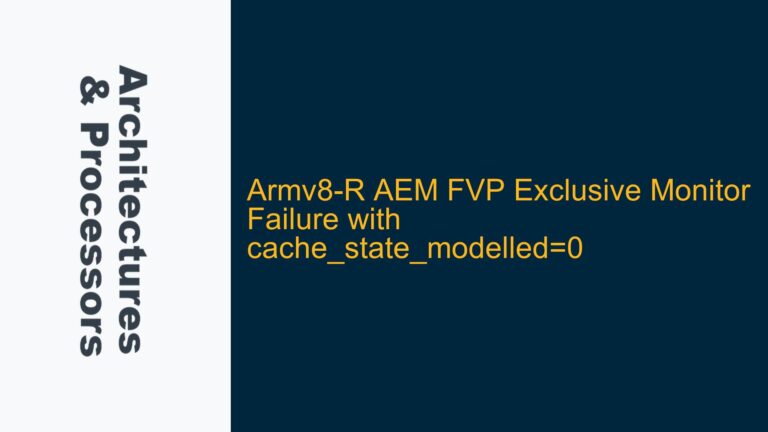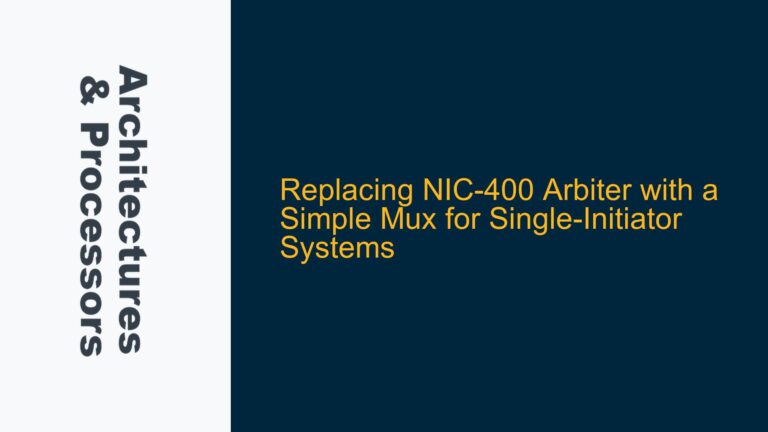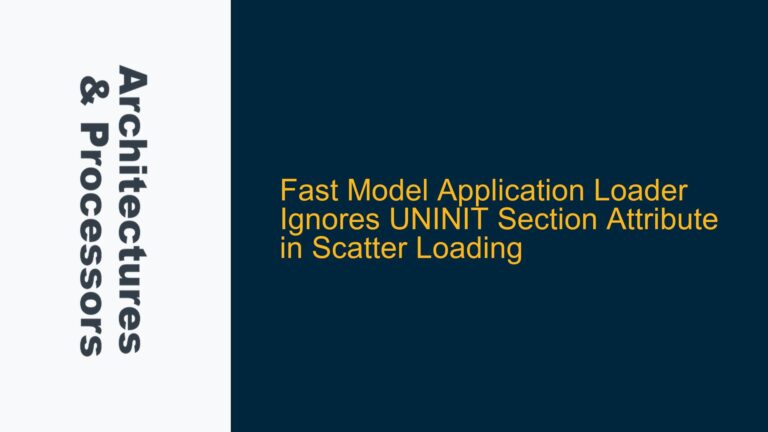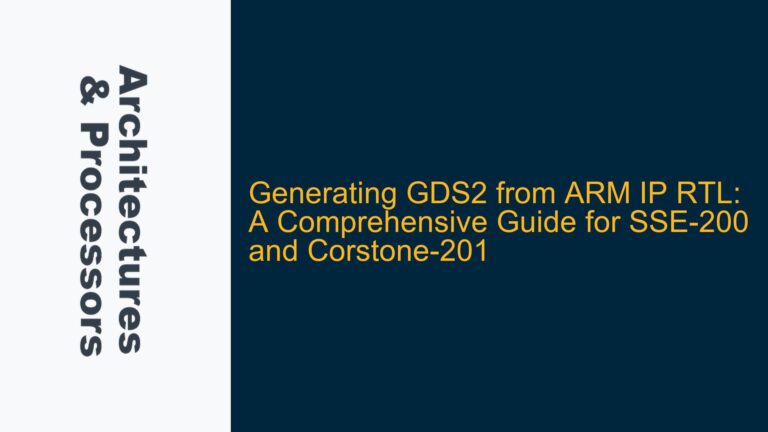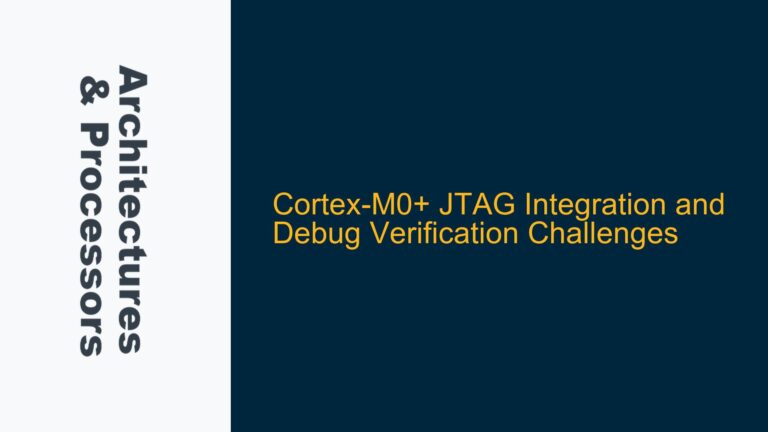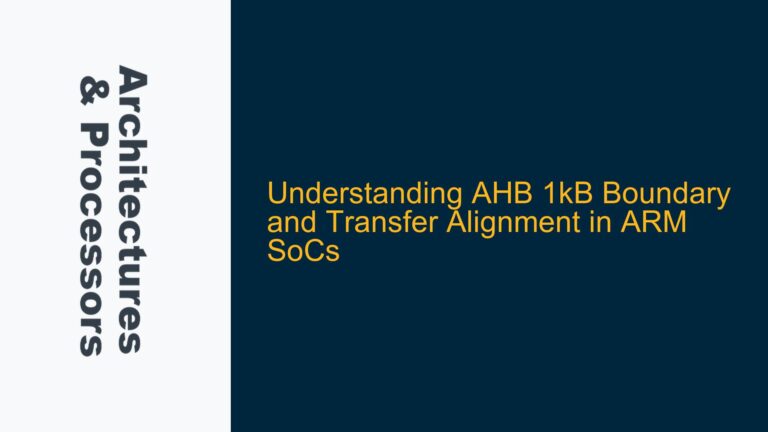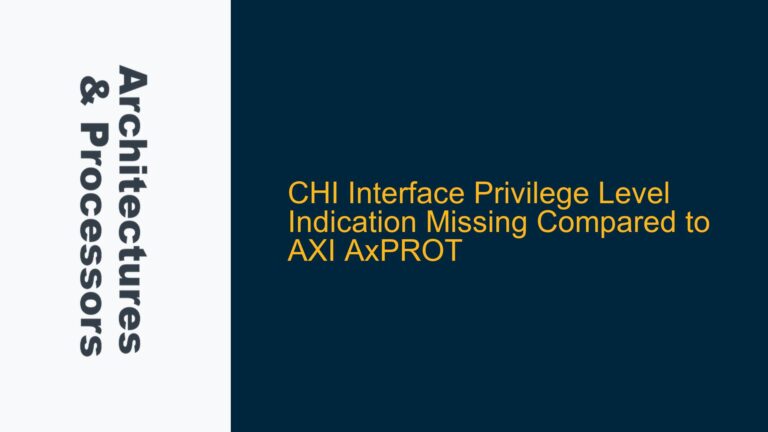ARM Cortex-A53 Stack Allocation Issue in C-Based Testing Environment
Stack Misalignment Between C Code and SRAM Memory Map The core issue revolves around the misalignment of stack allocation in a C-based testing environment for an ARM Cortex-A53 SoC. The processor executes the startup routines correctly, but when it transitions to the C code, the stack push operation fails because the stack pointer is not…
